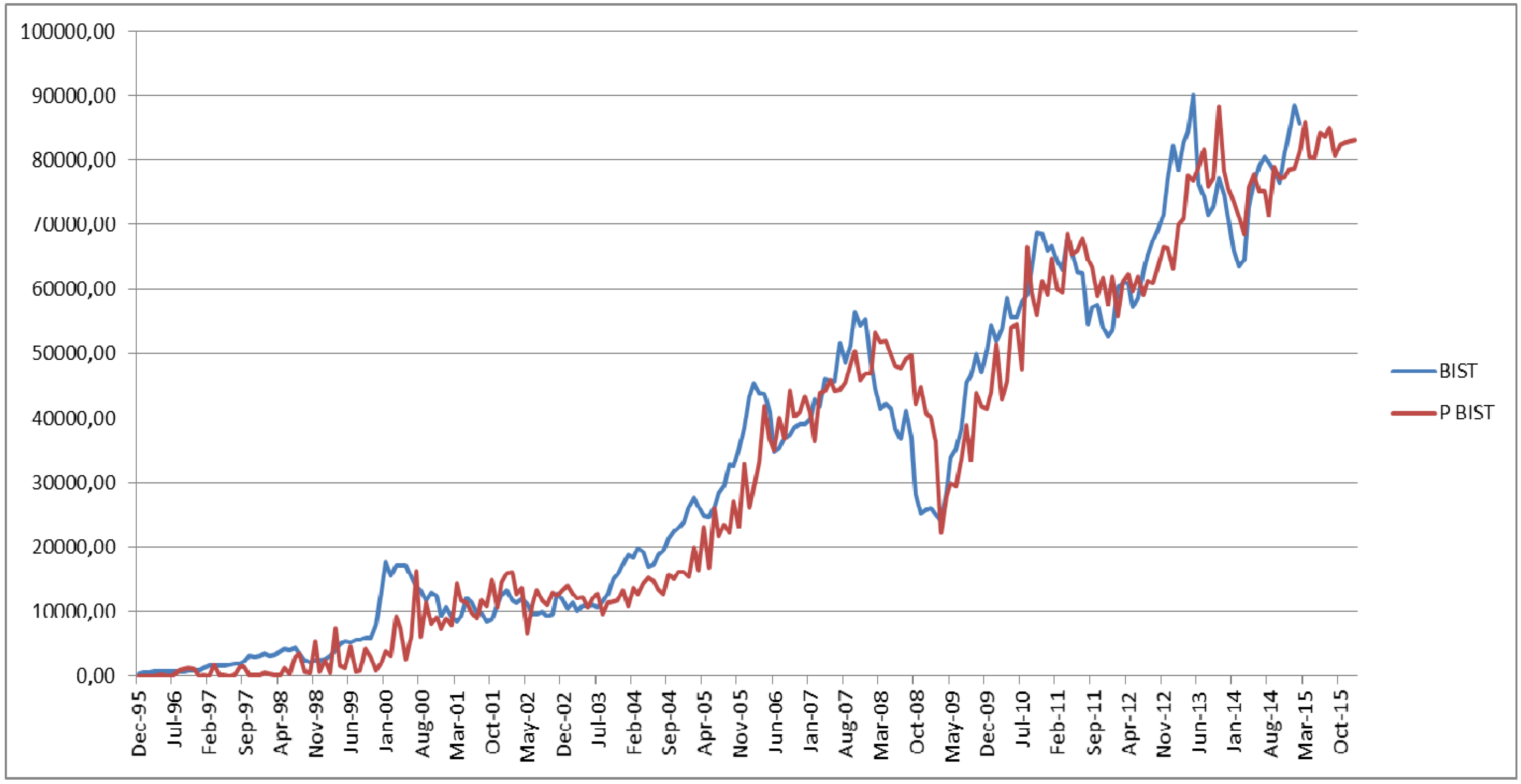Top 10 Economic Predictions For 2021 - Ihs Markit
The COVID-19 pandemic will slow growth for the next a number of years. There are other long-term patterns that also affect the economy. From severe weather to rising health care costs and the federal financial obligation, here's how all of these trends will impact you. In simply a couple of months, Browse this site the COVID-19 pandemic annihilated the U.S.
In the very first quarter of 2020, growth declined by 5%. In the 2nd quarter, it plunged by 31. 4%, however then rebounded in the 3rd quarter to 33. 4%. In April, during the height of the pandemic, retail sales plummeted 16. 4% as governors closed unnecessary organizations. Helpful site Furloughed workers sent the variety of jobless to 23 million that month.
7 million. The Congressional Spending Plan Office (CBO) predicts a modified U-shaped healing. The Congressional Budget Plan Office (CBO) anticipated the third-quarter information would improve, but inadequate to offset earlier losses. The economy will not go back to its pre-pandemic level up until the middle of 2022, the firm projections. Unfortunately, the CBO was right.
4%, but it still was inadequate to recuperate the previous decrease in Q2. On Oct. 1, 2020, the U.S. debt went beyond $27 trillion. The COVID-19 pandemic contributed to the financial obligation with the CARES Act and lower tax earnings. The U.S. debt-to-gross domestic product ratio increased to 127% by the end of Q3that's much higher than the 77% tipping point advised by the International Monetary Fund.
Stock Market: Here's What Wall Street Is Predicting For 2021
Higher interest rates would increase the interest payments on the debt. That's unlikely as long as the U.S. economy stays in economic crisis. The Federal Reserve will keep interest rates low to spur development. Disputes over how to decrease the financial obligation might translate into a financial obligation crisis if the financial obligation ceiling needs to be raised.
Social Security spends for itself, and Medicare partially does, at least for now. As Washington battles with the finest way to deal with the debt, uncertainty arises over tax rates, benefits, and federal programs. Organizations react to this unpredictability by hoarding cash, hiring short-term instead of full-time workers, and postponing significant financial investments.
It could cost the U.S. federal government as much as $112 billion per year, according to a report by the U.S. Federal Government Accountability Office (GAO). The Federal Reserve has warned that climate change threatens the financial system. Severe weather is forcing farms, energies, and other companies to declare personal bankruptcy. As those borrowers go under, it will harm banks' balance sheets simply like subprime home loans did during the monetary crisis.
 Discover how Generations predicted the ...tomorrowtodayglobal.com
Discover how Generations predicted the ...tomorrowtodayglobal.com
Munich Re, the world's biggest reinsurance firm, alerted that insurance coverage companies will need to raise premiums to cover greater expenses from extreme weather. That might make insurance coverage too expensive for the majority of people. Over the next couple of decades, temperatures are anticipated to increase by between 2 and 4 degrees Fahrenheit. Warmer summers mean more damaging wildfires.
Hutchins Roundup: Predicting Financial Crises, Targeting ...
Greater temperatures have even pressed the dry western Plains area 140 miles eastward. As a result, farmers utilized to growing corn will have to change to hardier wheat. A shorter winter season implies that many bugs, such as the pine bark beetle, don't pass away off in the winter. The U.S. Forest Service approximates that 100,000 beetle-infested trees might fall daily over the next 10 years.
Droughts exterminate crops and raise beef, nut, and fruit prices. Countless asthma and allergy patients must pay for increased health care costs. Longer summer seasons extend the allergic beauzpre356420.carrd.co/ reaction season. In some locations, the pollen season is now 25 days longer than in 1995. Pollen counts are projected to more than double between 2000 and 2040.